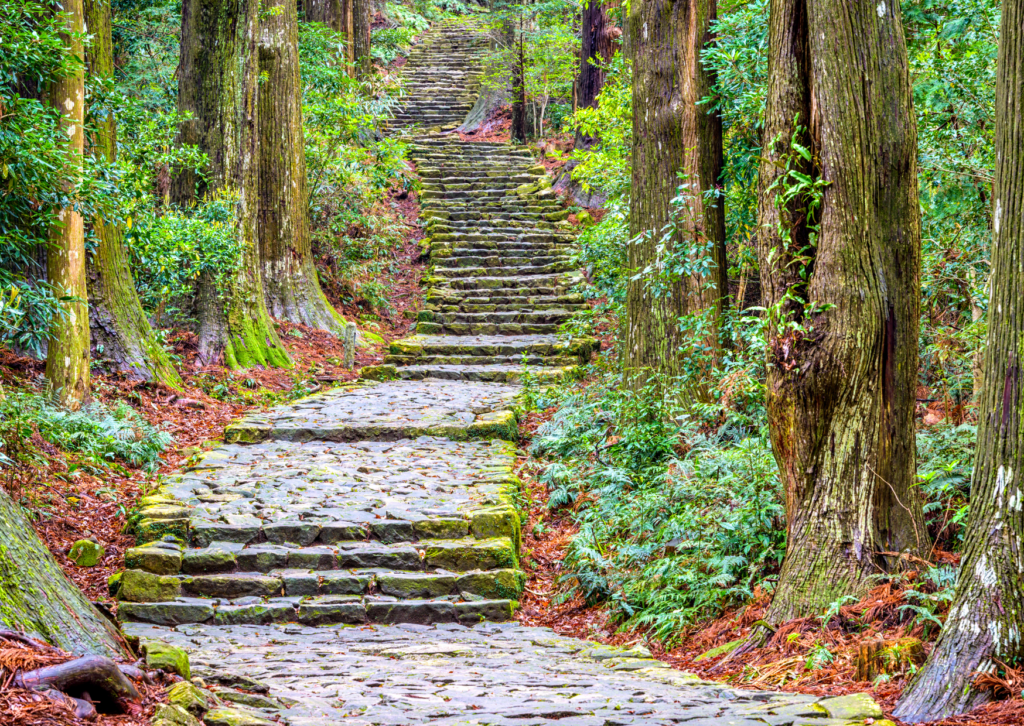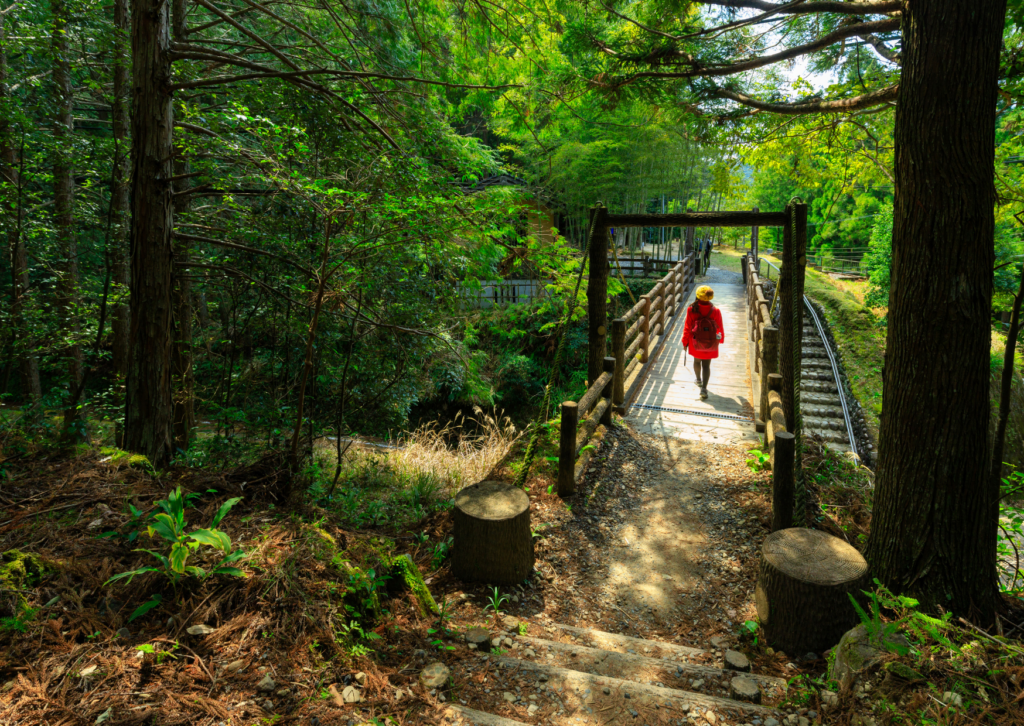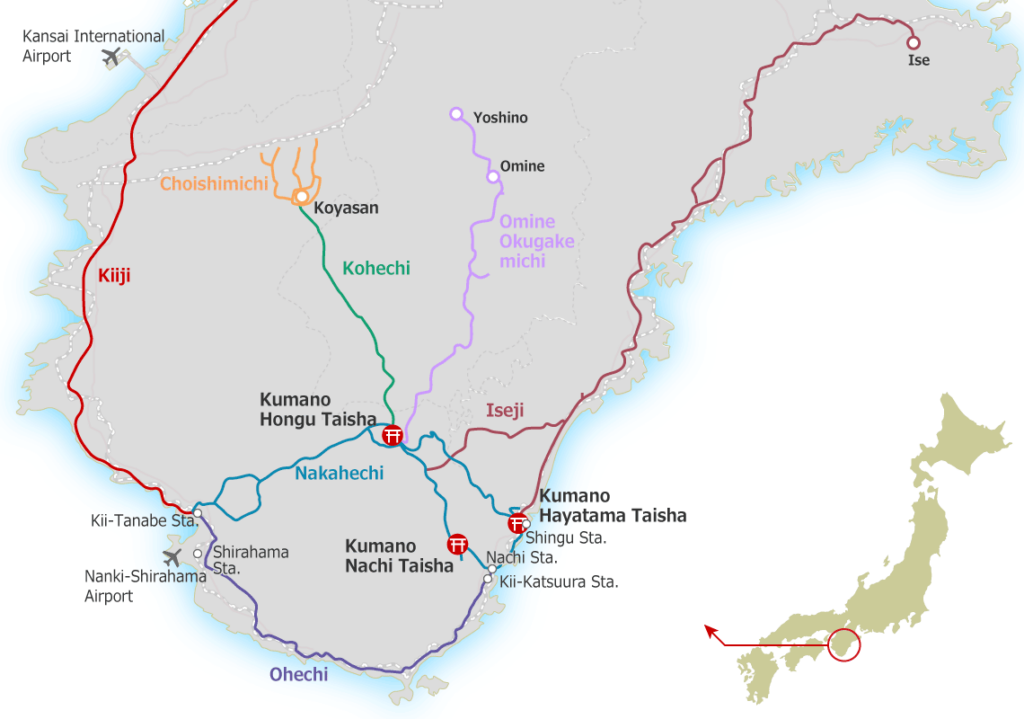In Search of Japan’s Spiritual Origins

What is the Kumano Kodo?
The Kumano Kodo is a network of ancient pilgrimage routes in the Kii Peninsula of Japan, leading to the sacred Kumano Sanzan shrines – Hongu Taisha, Nachi Taisha, and Hayatama Taisha. Designated as a UNESCO World Heritage site, the Kumano Kodo has been a spiritual journey for over a millennium, offering a profound connection with nature and the divine.
The pilgrimage routes wind through dense forests, across mountains, and along scenic coastlines, presenting pilgrims with a variety of landscapes. The trails are not just a means of reaching the sacred sites; they are an integral part of the spiritual experience. The Kumano Kodo is more than a physical journey; it is a mental and emotional exploration, fostering introspection and self-discovery.

Pilgrims can choose from several routes, each varying in length and difficulty. The Nakahechi route, starting from Tanabe City, is the most popular and historically significant. Along the way, walkers encounter Oji shrines, traditional ryokans, and onsens, immersing themselves in the local culture.
The Kumano Kodo reflects the synthesis of Shinto and Buddhist beliefs, blending spirituality with nature worship. It encapsulates the Japanese concept of “shintai,” where natural elements like rocks and trees are considered sacred manifestations of divinity. The Grand Shrine of Kumano Hongu Taisha, nestled in a pristine forest, embodies this harmony, inviting pilgrims to experience a profound connection with the sacred.

As modernity encroaches upon tradition, the Kumano Kodo remains a timeless pilgrimage, preserving Japan’s cultural and spiritual heritage. It beckons those seeking a physical journey and a transformative odyssey through the heart of Japan’s spiritual essence.
Our cycling itinerary in the Kii Peninsula embraces the essence of the Kumano Kodo with our route intersecting the pilgrimage route on many occasions. The Kumano Kodo is integral to our travel experience in this stunning area. Below is a map showing the different routes that make up the Kumano Kodo. Our cycling itinerary crosses paths with a number of these routes and temples along the way as we cycle from Wakayama to Ise.

I’d like to do all of your Japan segments. Is spring or fall a better time?
Thank you.
Peggy
Hi Peggy. We think both seasons are great. The Fall obviously gives you access to the changing colours of Fall, which are amazing, but the spring flowers compare favourably.